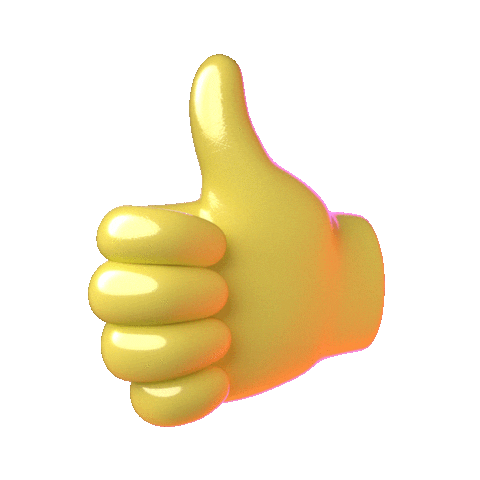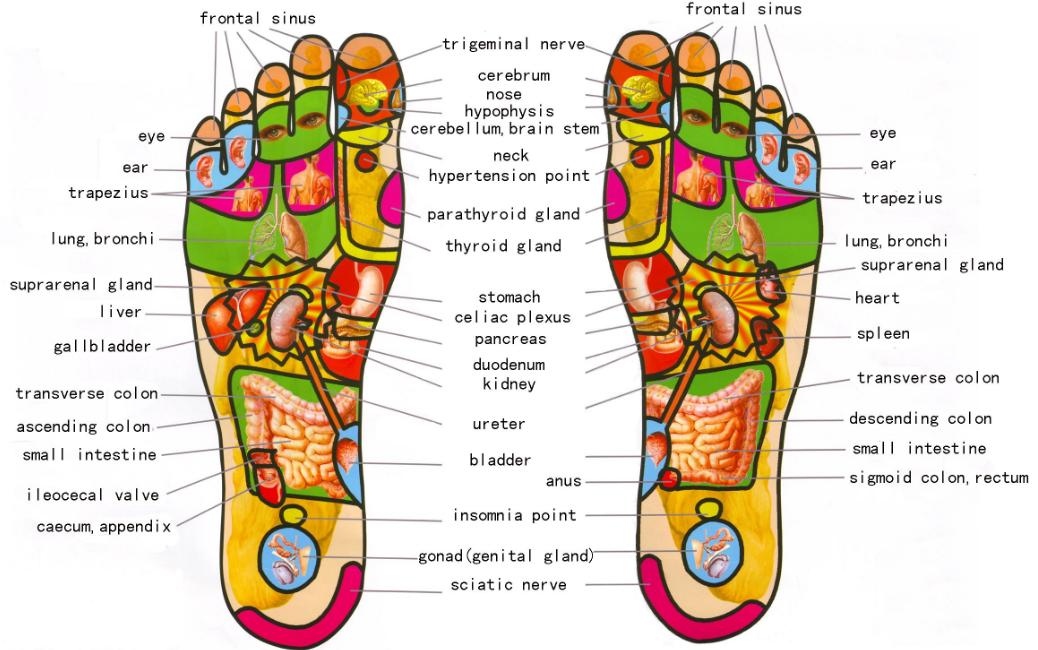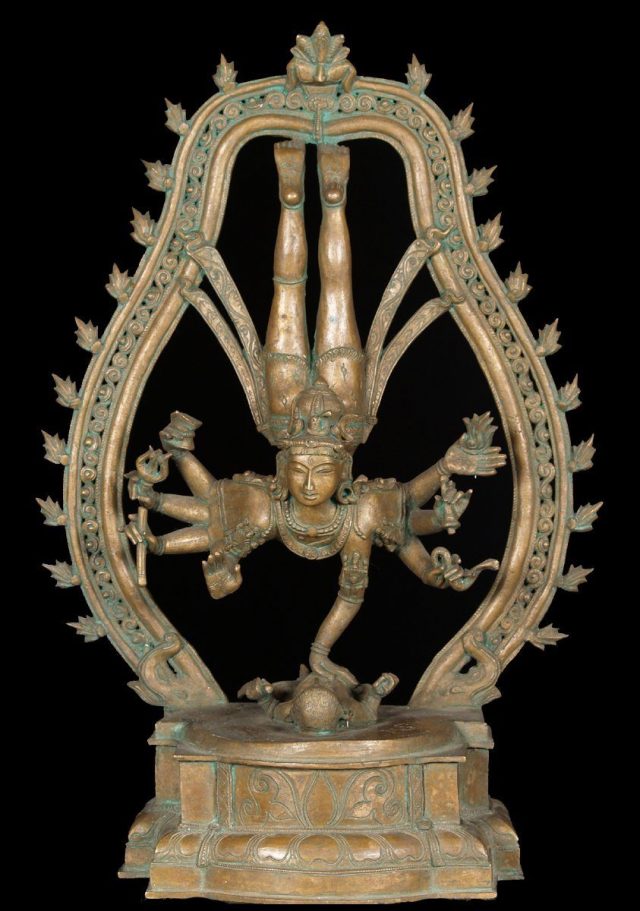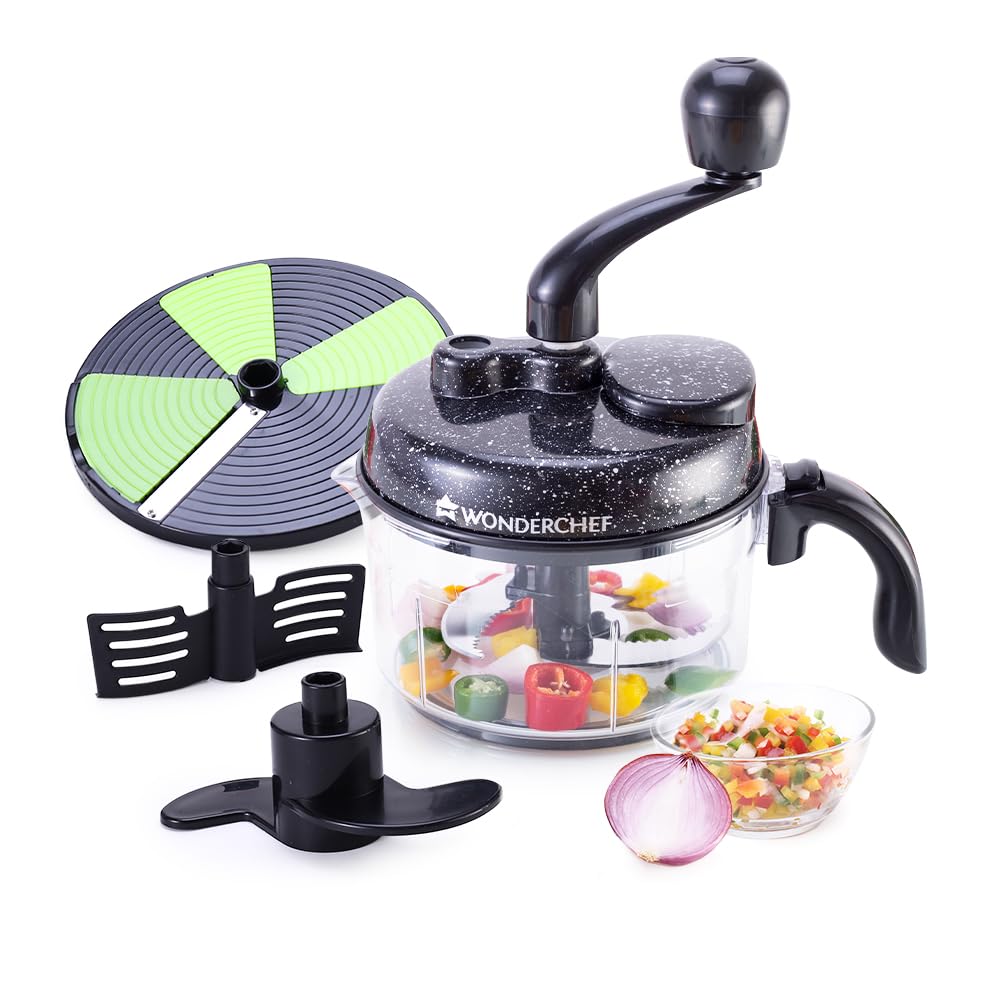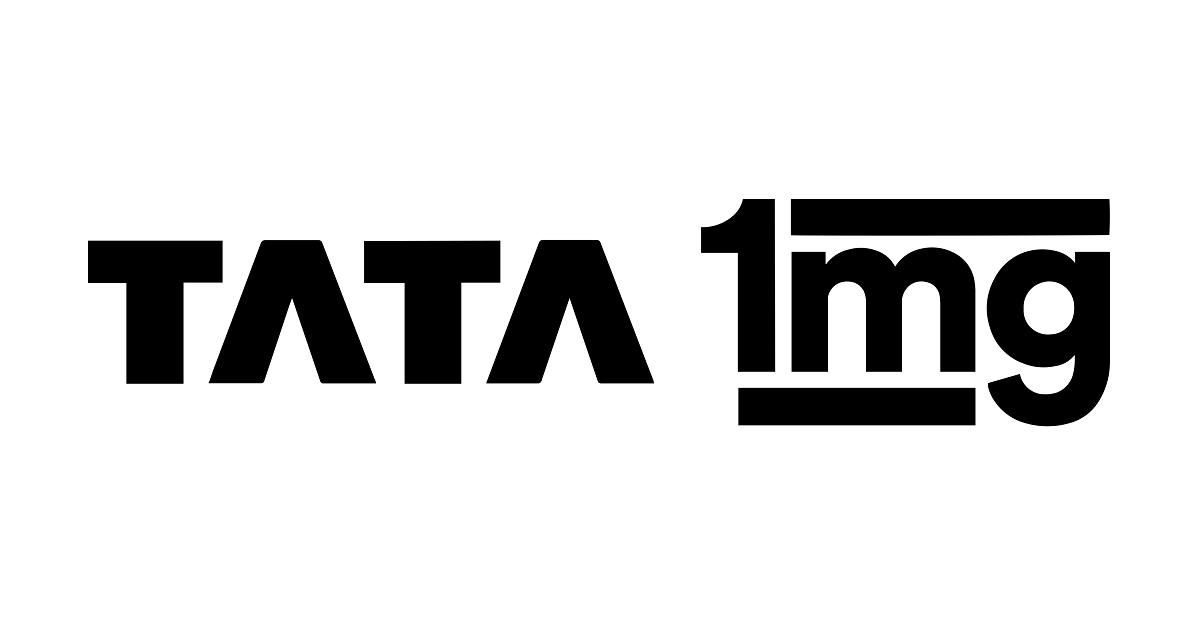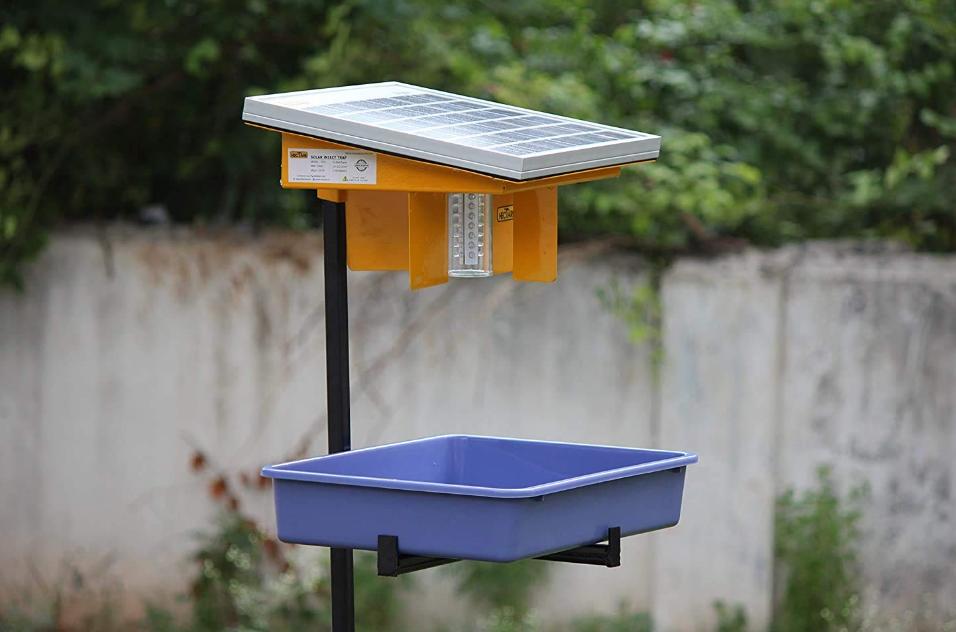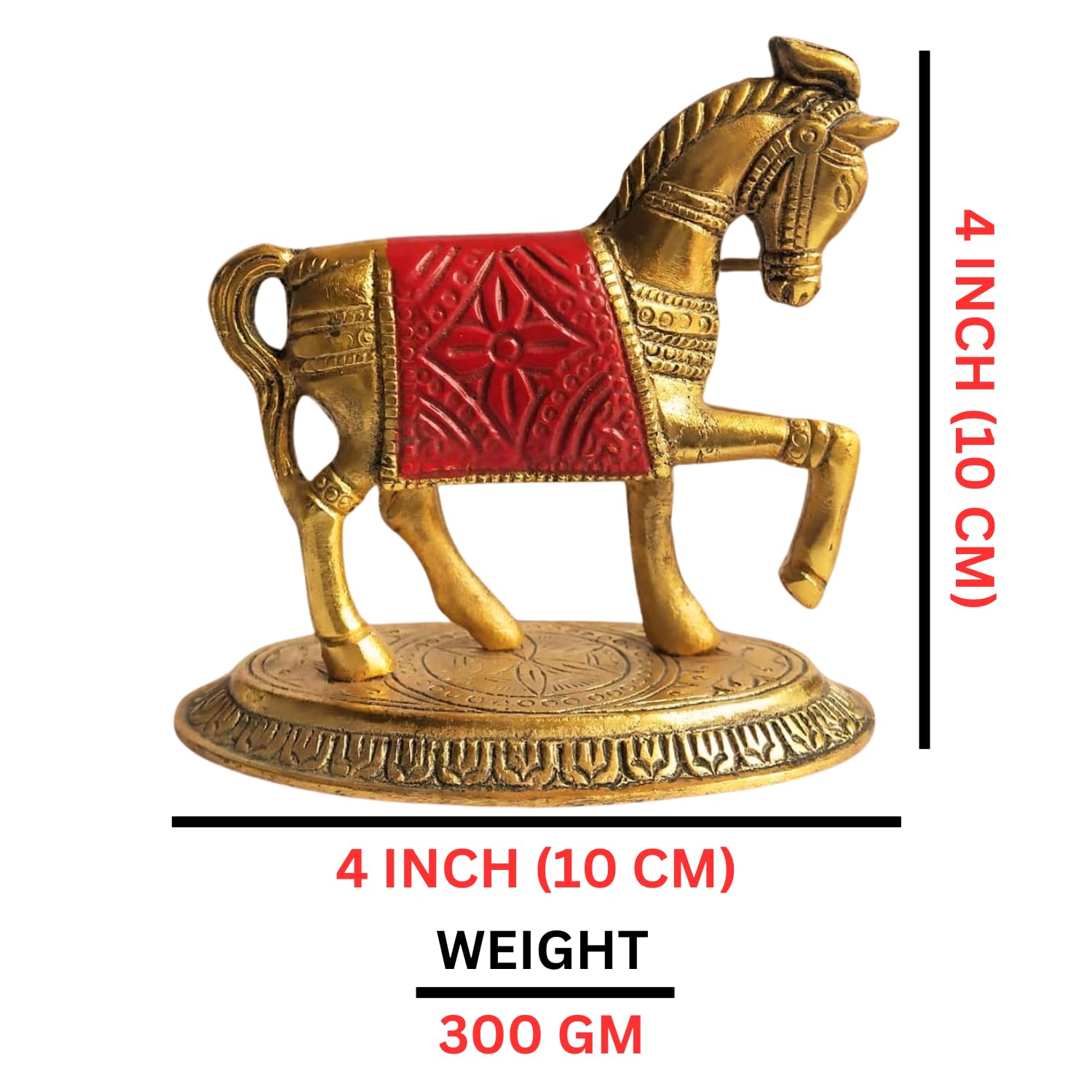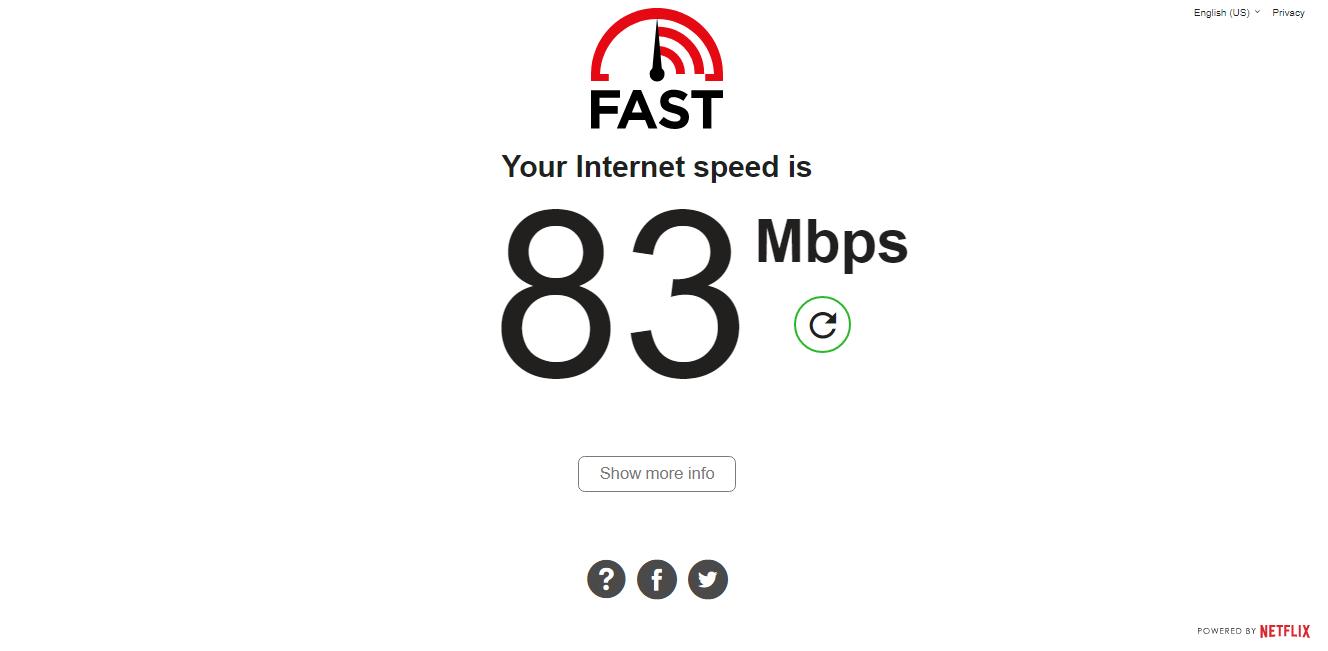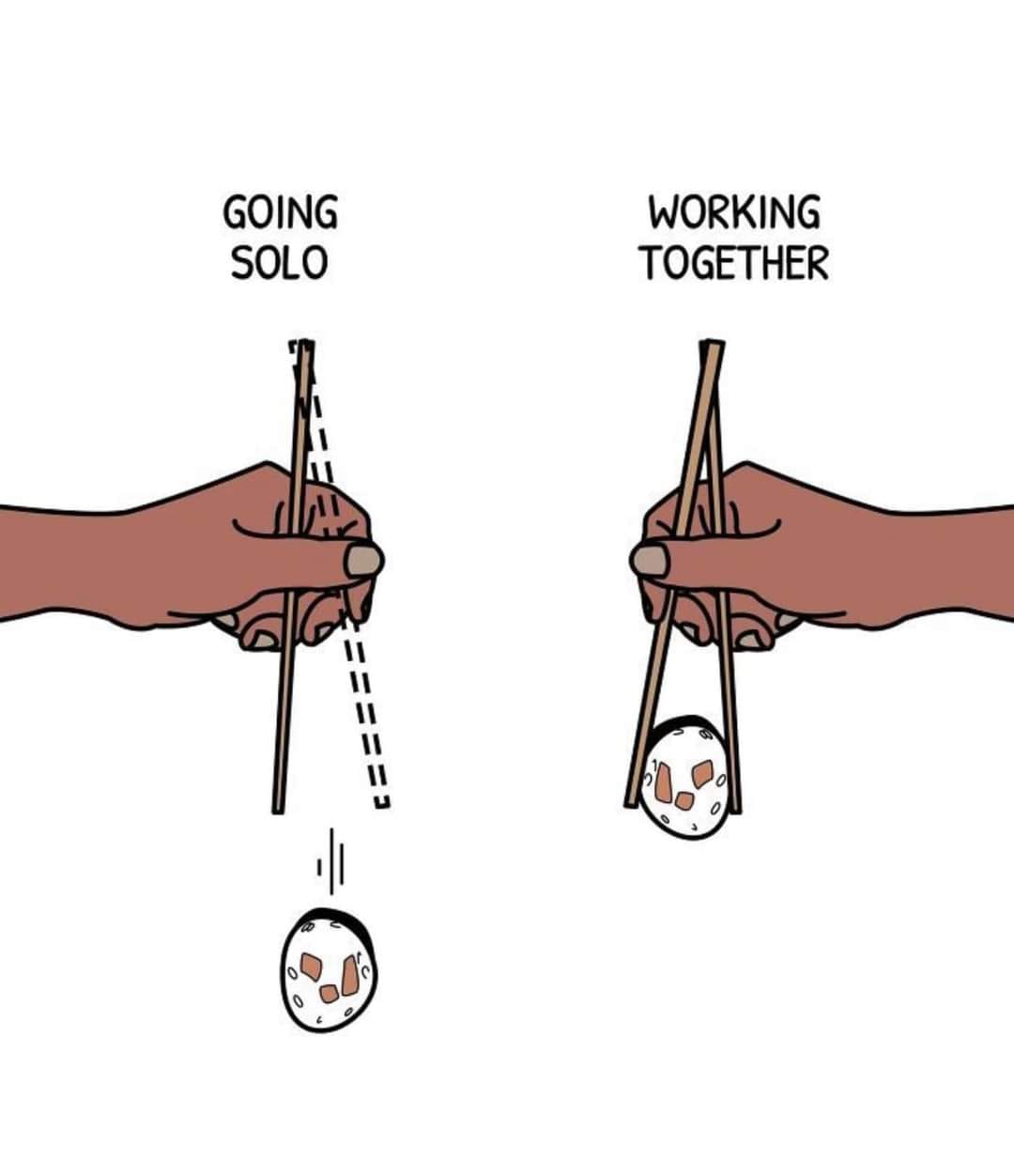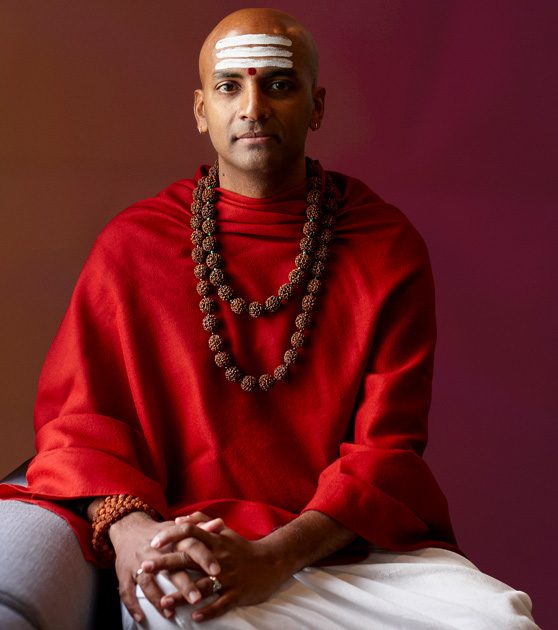What is reflexology good for?
The benefits of reflexology include its ability to stimulate nerve function, increase energy, boost circulation, induce a deep state of relaxation, eliminate toxins, stimulate the central nervous system, prevent migraines, clean up urinary tract conditions, speed-up recovery after injury or surgery.
What are the 3 types of reflexology?
- Foot Reflexology. Is the stimulation of the foot for health conditions in other parts of the body using specific hand and finger techniques.
- Hand Reflexology. Is the stimulation of the hands for health conditions in other parts of the body.
- Ear Reflexology.
What happens during reflexology?
Reflexology is based on the idea that the glands, organs, and parts of the body are reflected in specific reflex areas on the hands, feet, and ears. Applying pressure to these specific points can reduce pain and anxiety and promote circulation, relaxation, and healing in the body.
Is foot reflexology good for you?
Foot massage boosts your circulation, which helps with healing and keeps your muscles and tissues healthy. That's especially important if you have health problems that add to poor circulation or nerve damage, like diabetes.
What are the side effects of reflexology?
Generally, reflexology appears to be safe and doesn't cause many side effects. Because most people feel relaxed after a treatment you might feel a bit light headed. Some people say their feet feel tender afterwards, others can have an emotional response or need to pass urine more often.
Is reflexology better than a massage?
Massage reduces muscle tension, is relaxing, and improves circulation. Reflexology is more internally based. Many clients say it feels like I am working on them from inside them. It is also really relaxing, improves circulation and helps you normalize the body.
Who Cannot have reflexology?
Patients with foot fractures, unhealed wounds, or active gout in the foot should avoid reflexology. Patients with osteoarthritis that impacts the foot or ankle, or those with vascular disease of the legs or feet, should consult with their primary provider prior to beginning reflexology on the feet.
What are the weaknesses of reflexology?
Applying pressure at wrong pressure point will not give relief to the problem. But it may lead to rise of some other problem. When the pressure is higher than the requirement, it creates pain near the pressure point or in that part of body.
How powerful is reflexology?
Using the thumb and fingers on the reflexes in the feet, reflexology relieves stress and tension, said to cause 70% of disorders, by relaxing muscles and blood vessels to improve the blood supply and promotes unblocking of nerve impulses and helps the body to achieve homeostasis.
What illnesses can reflexology treat?
What does reflexology do? Although reflexology is not used to diagnose or cure disease, millions of people around the world use it to complement other treatments when addressing conditions like anxiety, asthma, cancer treatment, cardiovascular issues, diabetes, headaches, kidney function, PMS, and sinusitis.
Why do I feel sick after reflexology?
Many people after receiving reflexology can experience a “healing crisis”. A healing crisis occurs when the body tries to eliminate toxins at a faster rate than they can be disposed of. The more toxic one's bodily systems are, the more severe the detoxification experience, or healing crisis.
Does reflexology heal a body?
Reflexologists do not heal clients; the body repairs itself. The reflexologist acknowledges that he or she is a participant in the session, rather than "the healer." This is an acknowledgement that reflexology is offered to help bring the person back into balance so that the body can nurture and repair itself.
What organs are connected to your feet?
Reflex areas of central organs such as the spinal column and stomach are in both feet; the organs on the right side of the body (e.g. the liver) are on the right foot, those on the left side (e.g. the spleen) are on the left foot; lungs and kidneys are on both feet; the toes correspond with the brain and its organs.
What are 10 health benefits of reflexology?
- Pain Relief
- Stimulate the nervous system
- Boost circulation
- Boost metabolism
- Eliminate toxins
- Speed up the healing process
- Relaxation
- Relieve sleep disorders
What is the difference between foot massage and reflexology?
While a foot massage promotes healing in the feet, the purpose of foot reflexology is to promote wellness throughout the entire body. A Reflexologist uses thumb walking to target pressure-points to restore the flow of energy throughout the body.
Do doctors recommend reflexology?
Reflexology may not be a scientifically proven medical treatment for disease, but studies suggest it's a helpful complementary treatment, especially for stress and anxiety.
Is foot reflexology painful?
Reflexology will often hurt when the congested reflex areas are treated and in no way resembles a foot massage. As the condition improves with several reflexology sessions, so will the soreness on the corresponding reflexes.
Is reflexology safe for everyone?
Reflexology is safe for everyone, although pressure and length of session may vary for babies, the aged, or the extremely ill.
Is reflexology harmless? Can reflexology make a condition worse?
No. Reflexology is a non-invasive natural therapy that relaxes the body and is essentially harmless.
What should I wear to reflexology?
Loose, casual and comfortable clothing is recommended. You will be reclined in my reflexology chair and want to be able to relax without tight clothing or belts digging in.
Is it good to do reflexology everyday?
I suggest having a maximum of two or at a push three treatments a week for most clients, although again this is not set in stone, and sometimes a short burst of very regular appointments can be beneficial. Longer term, I would recommend having a maximum of 1 or 2 reflexology treatments a week.
Is reflexology an Ayurvedic?
Modern reflexology mirrors the basic principles of Ayurveda, encouraging the maintenance of health by creating balance in mind and body. Padabhyanga or 'foot massage' is a traditional Ayurvedic treatment.
Does reflexology release toxins?
Reflexology helps flush out toxins from the body by stimulating the energy flow through the important organs that are involved in detoxification including the liver, kidney, colon, lungs and skin. The benefits of reflexology are innumerable and periodic detoxing is vital if our bodies are to function properly.
Can reflexology help with weight loss?
So to answer everybody's question on can reflexology help with weight loss, the answer is yes. It can aid a weight loss program you are on, but if you are not exercising regularly and eating a healthy balanced diet then no amount of reflexology is going to get you to the weight you want.
How long does it take for reflexology to work?
If you are dealing with a specific illness or condition, you may need to have more frequent sessions. A general recommendation might be to begin with a session every week for 6-8 weeks, followed by a "tune-up" every four weeks.
Can I do reflexology on myself?
A simple reflexology massage can be all it takes to get your mind and body back on track. But you don't necessarily have to book in for a full treatment – although if you have the time and the funds to spare we can't recommend enough – you can give yourself a DIY massage at home.
Why did I cry after reflexology?
Feelings such as crying and laughing have been most commonly experienced. Often anxiety and feeling overwhelmed enter the picture as well. But all pass as one learns to understand these emotions are related to the stimulation and increased blood flow to the brain.
Should I drink water after reflexology?
Reflexology helps the body to re-balance and stimulates the removal of toxins. The body removes these through the excretory system and water plays an integral role in this process, so ensuring you drink plenty of fluids will aid the detoxification process.
Is it OK to walk after reflexology? What should I do after my reflexology session?
Over the next 24 hours following your treatment, make sure to drink plenty of water to keep hydrated. This can help improve your energy levels whilst flushing out toxins. Try to avoid any strenuous exercise, and rest for at least two hours after your treatment.

